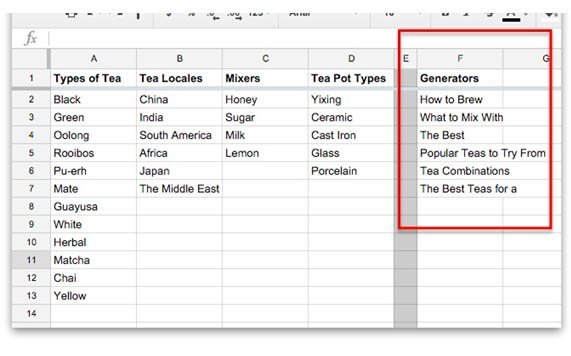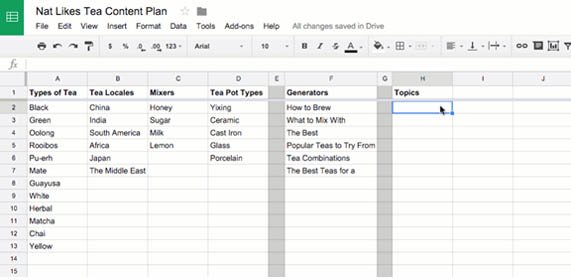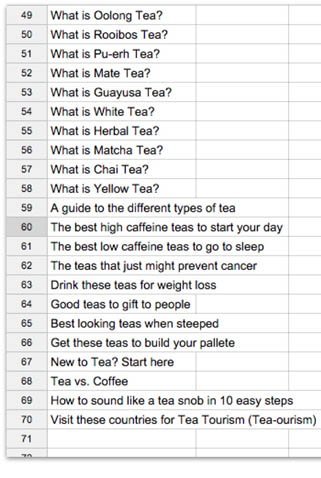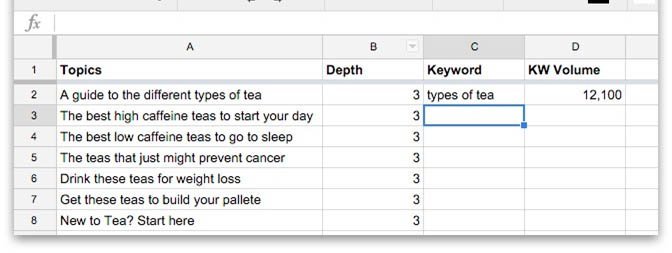
EDU SERIES – Blogs: Part 1 of 4 – Creating Topics

To kick off our series on content creation, this article help you start creating topics. “If you had to start a site from scratch with no existing audience or mailing list, how would you grow it to 10,000 visitors per month, in just a few months?”
Introduction
With over 850 million websites out there, we all know that competition for traffic is fierce. When you’re creating topics, can you actually grow your traffic without having to spend money on paid advertising and only using blogs? We’ve all been told repeatedly, run a blog, write a blog, share a blog. But how do you actually do so effectively and efficiently so that you can actually get the right people onto your website.
Over the next 4 posts we will cover how to create your initial topic list, how to create a sharing schedule, promoting your article and guest posting amongst many other useful practices.
Search Engine Optimisation
So what is the most important factor to all of this? Search Engine Optimization. (I can hear the collective sigh)
Yes, you’ve read unsatisfying, boring articles about SEO before, we’re going to show you the exact steps you need to take to actually get results. Even with no existing audience, no large blogs to link from and no connections in the industry.
With these assumptions in hand there is one more that cannot be ignored. Your blog has to be about something that you are passionate about. If you’re creating a blog in the space that your business operates in, well then you must be oozing passion in all that you do, and start creating topics that reflect that.
It’s popular to recommend going through Google communities, Facebook groups, etc. to try to find the perfect topic to build a high traffic site around… but it’s all a waste of time.
For this guide, we will use as our topic, the wonderful world of tea.
STEP 1: Create An Initial Article List
Come up with an initial list of articles that could be written. Keep them all in a spreadsheet. Make sure that you’re going to be writing about the best topics to go after, not just choosing randomly. By spending some time to put all the options out there, you can be sure that you’re spending my time as effectively as possible.
The easiest way to make this list is to come up with a few article styles. Mix and match styles and content to build a huge list.
For tea, I might have these categories:

Then, make a “generator” column like this one:

And then use that with the “CONCATENATE” function to make up article topics:

And then add those to a new Worksheet for my topics:

Then, repeat that for all the other combinations of things I could write about, until I have an initial list of possible topics:

Now, I can start listing some of the more meta topics that I can think of. These would be longer, more in-depth posts, and will most likely have a higher SEO value.
This is the big reason why you should write about something you’re already passionate about. It’s much, much easier to come up with these big meaty topics when you know the subject matter already.

Then I just take those and add them to the list, and now we have our initial list of things to write about.

All that’s left is lock myself in a coffee shop and start shooting double espressos until they’re written. But in order to save my adrenal glands, we could prioritise them.
STEP 2: Prioritisation
With all the possible topics in hand, we need to work out which have a strong SEO value and so belong on our website, and which ones are fine to give to other people as guest posts.
To do that, we’re going to rank our posts by depth, then SEO value.
Ranking By Depth
I’m going to go through and assign a score of 1 to 3 for depth to each topic on the list:
- 1: Shorter, one-off post. Probably < 1,000 words
- 2: Somewhere in the middle, 1,000-2,000 word guides
- 3: Massively useful in-depth guide on a topic, likely 2,000+ words
Don’t stretch any of your posts, if they could fit into a shorter post within reason, then they’re a 1 or 2.
Think of it like a pyramid, with your 3’s as a base that the other article ideas expand on.

Then, take all the posts you ranked a “1” and put them in another Worksheet labeled “Later Posts”:

Compare SEO Value
With the 2’s and 3’s, we’re going to figure out how valuable they are from an SEO perspective. This means assessing how many visitors we could potentially get from Google as a result of people searching for those topics.
First, go to Google Keyword Planner.
Then, take a topic you came up with, and type it in as you have it:

Take a look at the results for that search.

In this case, there are almost no monthly searches for that topic, so we can plug some variations into that search bar at the top until we find a keyword (it’s a keyword even if there are multiple words) with a high volume:

Take that Keyword and the Keyword Volume, and add it to our spreadsheet:

As you’re researching, you’ll come up with more ideas. For example, when looking for a good keyword for “high caffeine teas,” I noticed that there was a lot of searches for the amount of caffeine in specific types of tea:

So I made a quick not to add more topics around that later on:

Now just repeat the process for all of your topics. If not all, then at least those that you previously ranked with a depth of 3:

Disqualify Tough Competition
Once I have my list of keywords, I’d go through and make sure that none of them are so competitive that I shouldn’t bother trying to rank for them (yet), when you’re creating topics to start with, make sure the water is blue and not clouded with other businesses.
This does NOT mean to look at the competitiveness rating in Keyword Planner.

That competitiveness ranking is how competitive the ads are. Since we’re not buying ads, we don’t have to worry about how many other people are buying these ads.
What I mean by competitiveness is who else is ranking for this keyword in Google right now.
All I have to do is take each keyword, plug it into Google, and see what comes up. If there’s a few major sites competing on a keyword, I’ll highlight it in red, but if it looks like smaller sites that I can compete against, then I’ll move on.

You might see results from social media, Amazon, and other “big” sites in the results, but don’t let those scare you off.
Since these sites cover such a wide variety of topics you can still compete with them. If all you’re seeing are social media results that’s a good sign that no one has written a good article on the topic.
STEP 3: Pick 5-10 Topics
With your list of topics (excluding the ones that seem too competitive), it’s time to pick 5-10 to start with.
With just 5-10 articles, you can easily reach 10k visitors a month.
In this case, I would go with:
- Drink these teas for weight loss
- A guide to the different types of tea
- Tea vs. Coffee
- Best tea for your skin
- The best decaf teas
- New to Tea? Start here
- The best low caffeine teas to go to sleep
They’re not too competitive and have a large enough search volume to each get me 5k visitors pc/m. And they’re topics I want to write about!
Important note:
The “keyword volume” is not an absolute, it’s only an indicator. For example, the keyword “water fasting results” has a monthly keyword volume of 2,400. However, an article targeting “water fasting results” gets 15,000-30,000 visitors a month.
This is because 80% or more of searches are unique. They’re long highly-specific searches (e.g. “what happens to your body if you don’t eat and only drink water for 5 days”) that are rarely repeated. Google just makes its best guess to match those to easier keywords.
10,000 visitors per month is roughly 333 per day, so each article only needs to get 30-60 visits per day. Not a crazy high bar.
In fact, you can plug in how many posts you want to write to see what traffic amount you need on the spreadsheet. Just set your monthly goal and how many posts you want to write:
Just so you know though, it won’t be an even spread. A few articles will get substantially more traffic than others (the 80/20 rule at work), so when you’re picking topics, pick ones that could be massively popular (volume of 1,000/month or higher).
Thank you as always to our friends over at SumoMe for their wonderful advice and guidance.
See you next week!
Find out more
We’ve been in the Sales and Marketing Strategy game for longer than we care to remember, but we pride ourselves on the combined exposure our team has had to different B2B markets globally, and the strategic services we offer your business as a result.
If you are looking for Salesforce / Pardot Support with an existing Org or want to know if Salesforce or Pardot is right for you, get in touch with us for a free consultation or simply a chat. We work alongside Start-ups and Enterprises alike, we’re certain we will find you a path to growth, whatever your plans.
We are open Monday-Friday 9-6pm and have open channels for communication either on our LinkedIn, Twitter or you can simply give us a call on 020 8106 8500.




